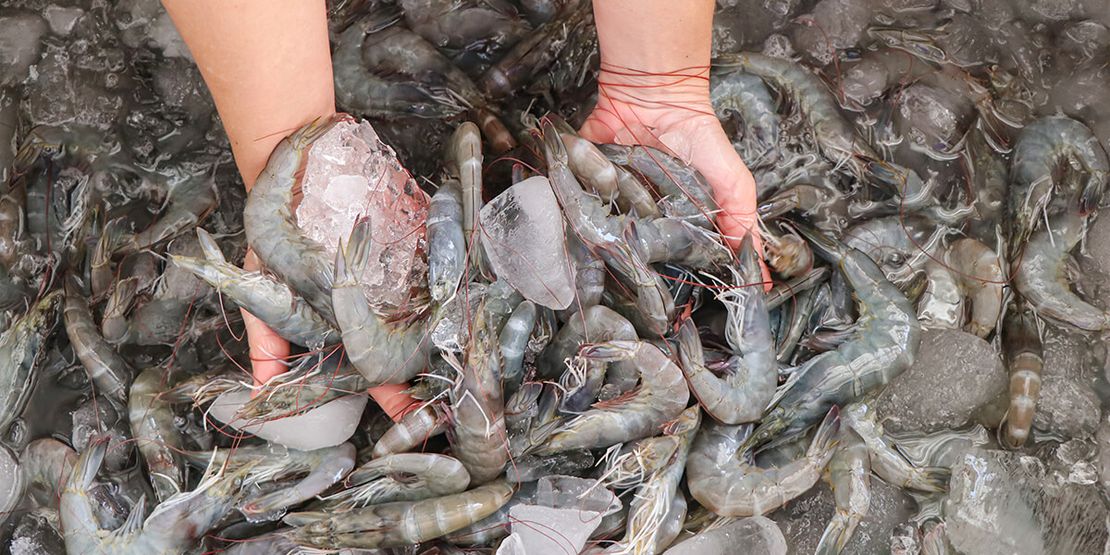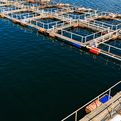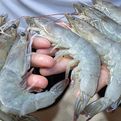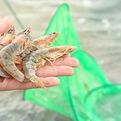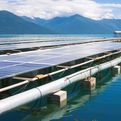Safeguarding Shrimp Farms: Effective Strategies and Disease Prevention
In the dynamic landscape of shrimp farming, disease prevention stands as a cornerstone for ensuring the sustainability and profitability of operations. With global production surging past 6 million tonnes in recent years, the stakes for disease management have never been higher. The high density of shrimp in farms presents a breeding ground for pathogens, underscoring the critical importance of implementing robust disease prevention and management strategies.
In this complete guide, we delve into the multifaceted approach required to protect shrimp farms from diseases, encompassing quarantine protocols, water quality management, biosecurity measures, proper nutrition, regular monitoring, vaccination strategies, and the prevention of overcrowding.
#1 Quarantine and Health Checks
Before integrating new shrimp into the farm, a stringent quarantine period of at least 30 days is imperative. During this period, regular health checks should be conducted to detect any signs of disease promptly. Sourcing shrimp from reputable suppliers with a track record of delivering healthy stock is paramount to mitigate the risk of introducing pathogens into the farm.
#2 Proper Water Quality Management
Maintaining optimal water quality parameters is pivotal in bolstering shrimp health and resilience against diseases. Routine testing and monitoring of pH, temperature, salinity, and dissolved oxygen levels are indispensable. Employing measures such as regular water changes, strategic aeration systems, and prudent management of organic matter content in the water are vital in upholding superior water quality standards.
#3 Biosecurity Measures
Implementing stringent biosecurity protocols is crucial to curb the spread of diseases within and across shrimp farms. Strict control over human and equipment movement, along with robust disinfection procedures, aids in safeguarding farm integrity. Vigilance in limiting visitor access, meticulous equipment sanitation practices, and prompt isolation of infected shrimp fortify the farm's defenses against pathogenic incursions.
#4 Proper Nutrition
A well-rounded and nutritionally balanced diet is indispensable for fortifying shrimp immunity and vitality. Ensuring a diverse diet comprising algae, yeast, and artificial feed optimizes nutrient intake, fostering robust immune responses. Undernourished shrimp are more susceptible to diseases, emphasizing the need for meticulous attention to dietary provisions to sustain optimal health and growth rates.
#5 Regular Monitoring
Ongoing surveillance of shrimp populations and environmental parameters is paramount for early disease detection. Vigilance in observing for abnormal behaviors, skin discolorations, and mortalities enables prompt intervention and containment of outbreaks. Swift isolation of affected individuals coupled with veterinary consultation ensures proactive management of disease threats.
#6 Use of Vaccines
Incorporating vaccination strategies tailored to specific disease risks offers an additional layer of defense against pathogenic onslaughts. Consultation with veterinary professionals facilitates the selection of appropriate vaccines targeting prevalent diseases such as white spot syndrome virus (WSSV) and Vibriosis. Tailoring vaccination protocols to farm-specific needs enhances resilience and reduces disease burdens.
#7 Prevention of Overcrowding
Mitigating overcrowding in shrimp farms is pivotal for sustaining optimal water quality and minimizing disease risks. Adhering to recommended stocking densities and vigilant monitoring of shrimp populations prevent detrimental density surges. Prioritizing space allocation and habitat optimization fosters a conducive environment for shrimp health and vitality.
Holistic Protection of Shrimp Farms
The holistic protection of shrimp farms from diseases demands a multifaceted approach that integrates rigorous protocols across various domains. From meticulous quarantine procedures to vigilant monitoring and vaccination strategies, each facet plays a pivotal role in fortifying farm resilience.
By embracing a comprehensive disease prevention and management framework, shrimp farmers can navigate the complexities of disease dynamics with confidence, safeguarding farm sustainability and profitability for generations to come.
Riley Sinclair (Digital Aqua Bear)
Hi! I'm Riley Sinclair (Digital Aqua Bear), and I'm exploring the world of digital aquaculture farms. Join me as I delve into innovative methods and sustainable practices for cultivating aquatic life in digital environments. Let's uncover the potential of digital aquaculture farms to revolutionize food production and environmental sustainability.
More From Digital Aqua Farm
Maximizing Profitability: The Ultimate Smart IoT Controller for Shrimp Farmers
Riley Sinclair (Digital Aqua Bear)
Aquaculture Farming: Essential Terms and Definitions for Beginners (Part 1)
Riley Sinclair (Digital Aqua Bear)
Shrimp Diseases in Thailand: A Complete Guide for Farmers
Riley Sinclair (Digital Aqua Bear)
Navigating the Future: Top IoT Systems Transforming Shrimp Farming
Nolan Fischer (IoT Bear)
Solar Energy in Shrimp Farming: Empowering Sustainability and Profitability
Riley Sinclair (Digital Aqua Bear)
Exploring the Global Landscape of Shrimp Farming: Top Producing Countries
Riley Sinclair (Digital Aqua Bear)


